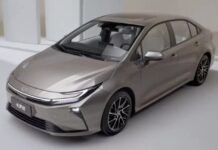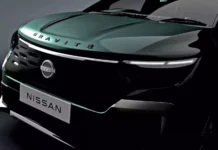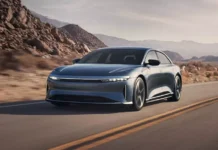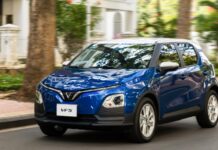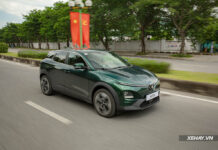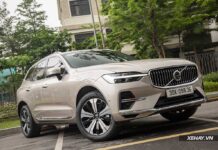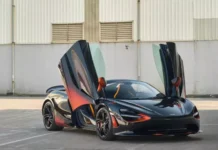The challenge of convincing motorcycle users to switch from internal combustion engines to electric motors is proving more difficult than expected for manufacturers, especially traditional gasoline-powered motorcycle producers transitioning to electric vehicle production. Inherent issues such as limited range, slow charging times, heavy weight, and high costs remain without truly effective solutions. In this context, Honda introduces the Honda CUV e: 2025 model to the Vietnamese market, a notable effort to help consumers familiarize themselves with premium electric scooters.
Let’s explore this exciting vehicle from A to Z.

Summary of Honda CUV e:’s Pros and Cons
Pros
– Aesthetically pleasing design that is fashionable and reminiscent of a European-style scooter
– Removable battery allows home charging even without a dedicated parking space or garage; also opens up the possibility for future battery swap stations, reducing range anxiety.
– Electric motor provides a smooth and simple experience that internal combustion engines cannot match.
– Instant torque is impressive, and the scooter offers phone connectivity with message and call notifications, as well as navigation features.
– Reverse gear functionality
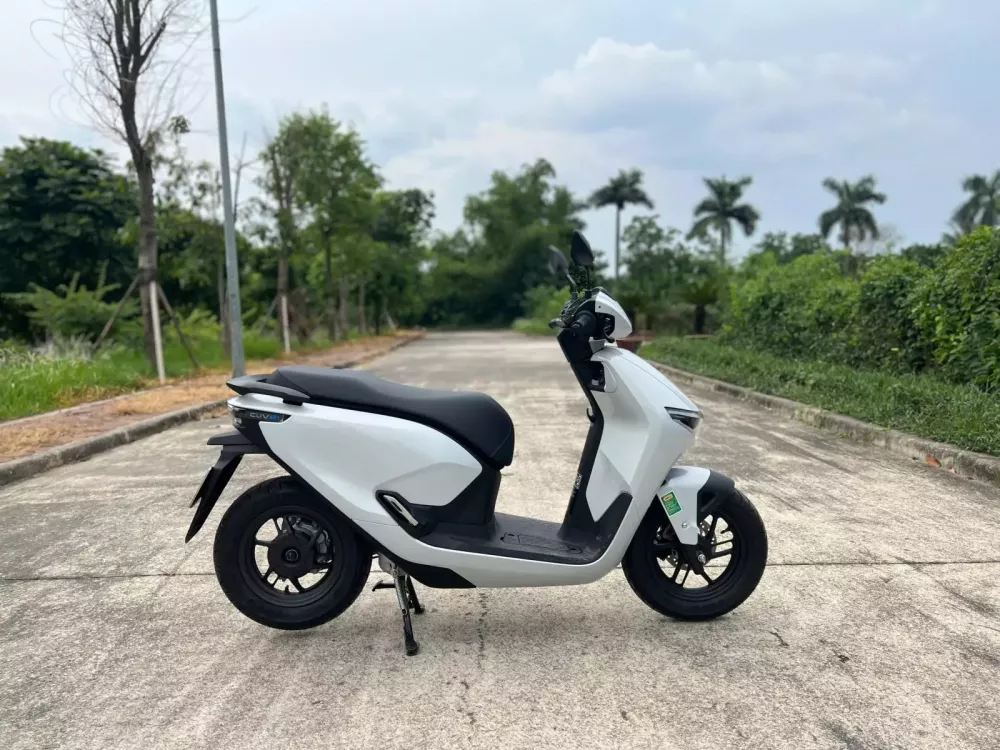
The removable battery and reverse gear are notable features of the Honda CUV e:
Cons
– A range of approximately 70 km may deter some potential users, although for most 125cc scooter riders, this is still sufficient for daily use.
– The price is not yet available, and the current rental option is quite expensive: VND 1.5 million/month for a 6-month lease, a VND 2 million battery deposit, and a one-time payment upon signing the contract.
Honda CUV e:’s Electric Motor & Performance
The Honda CUV e: does not have a traditional engine but instead utilizes an electric motor mounted on the rear swingarm, producing 6kW of power (equivalent to 8 horsepower) and 21.7Nm of torque, transmitted through a single-speed gearbox.
Power is supplied by two Honda Mobile Power Pack e: batteries, each with a capacity of 1.3kWh and a voltage of 50.3V. This is a standard removable battery design.
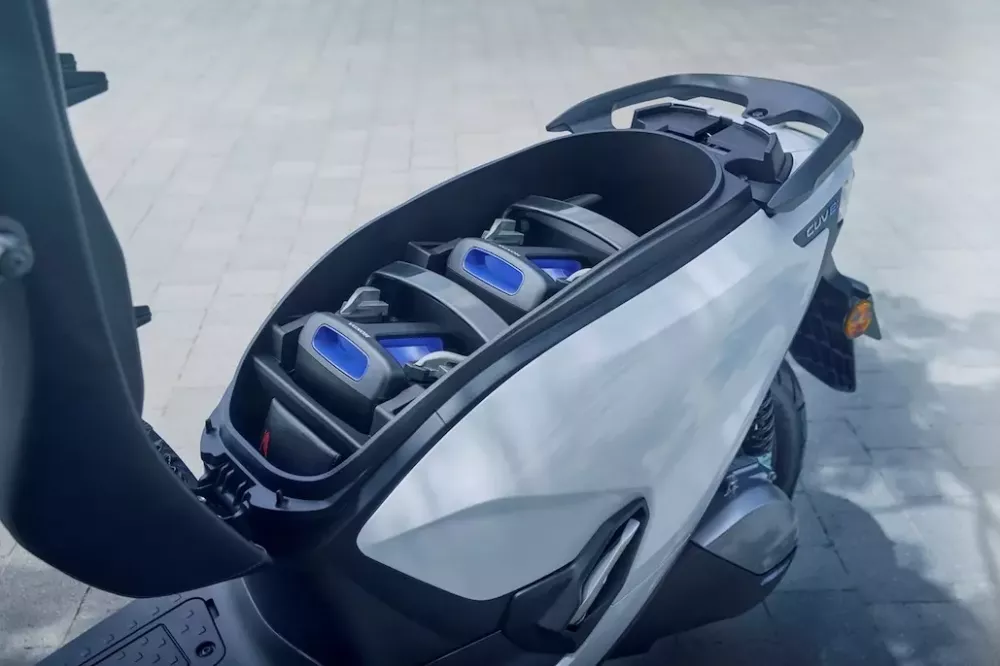
The scooter’s top speed is claimed to be 83 km/h, and the range exceeds 70 km according to WMTC standards. However, achieving both maximum speed and range simultaneously is impractical – it is more suitable for urban commuting with moderate speeds and distances.
The Honda CUV e: offers three driving modes:
Econ: Optimizes energy efficiency and is suitable for women or first-time electric scooter users as it provides a slower acceleration rate, preventing any sudden surprises.
Standard: Balances performance and range, offering a more sensitive throttle response for experienced riders who desire a nimbler and more responsive scooter.
Sport: Prioritizes powerful acceleration and high torque, achieving speeds comparable to gasoline-powered scooters, reaching up to 80km/h. This mode also consumes the most energy.
Handling & Suspension
Despite having a dual-battery setup, the Honda CUV e:’s weight is kept to a minimum at just 119kg (120kg for the Connected version), which is similar to the SH Mode 125 (118kg) and lighter than the PCX125 (134kg) and SH125i (137kg).
It features an “underbone” steel frame, 26mm front forks, and a single rear shock absorber with 90mm and 75mm of travel, respectively, and no adjustability.

The scooter is equipped with 12-inch wheels at both the front and rear, slightly smaller than the segment standard. Braking duties are handled by a 190mm front disc (1 piston) and a rear drum brake. Instead of ABS, it features a combined braking system (CBS) that effectively reduces speed and inspires confidence in riders.
With a turning radius of less than 2 meters, the Honda CUV e: is highly maneuverable in congested traffic conditions.
Removable Batteries: A Standout Feature
One of the biggest advantages of electric vehicles, including the Honda CUV e:, is their extremely low operating costs. Each battery pack contains 1.3kWh of energy, totaling 2.6kWh. With peak electricity rates of around 3,000 VND/kWh, a full charge costs less than 8,000 VND for a 70 km journey. While a full charge takes about 6 hours, charging from 25% to 75% only takes less than 3 hours.

The Honda CUV e:’s removable batteries can be easily detached and placed in the provided charging station, making it convenient for apartment dwellers.
The standout feature of the Honda CUV e: is its removable batteries, which offer convenience and ensure safety. Each battery weighs around 10 kg, but they can be effortlessly removed and placed in the charging station provided by Honda, making home charging safe and hassle-free. While the charging process emits a slight noise, it is within acceptable limits, and the charging station’s heat dissipation function ensures the batteries remain cool during charging.
Honda has been testing battery swap stations in Sweden and India. If this model is implemented in Vietnam, riders will be able to swap their depleted batteries for fully charged ones, eliminating range anxiety and reducing charging time.
Features & Technology
The Honda CUV e: boasts a 7-inch TFT instrument cluster that supports phone connectivity, navigation, music playback, and phone calls. The Honda RoadSync Duo navigation system provides weather updates, trip tracking, and anti-theft alerts.
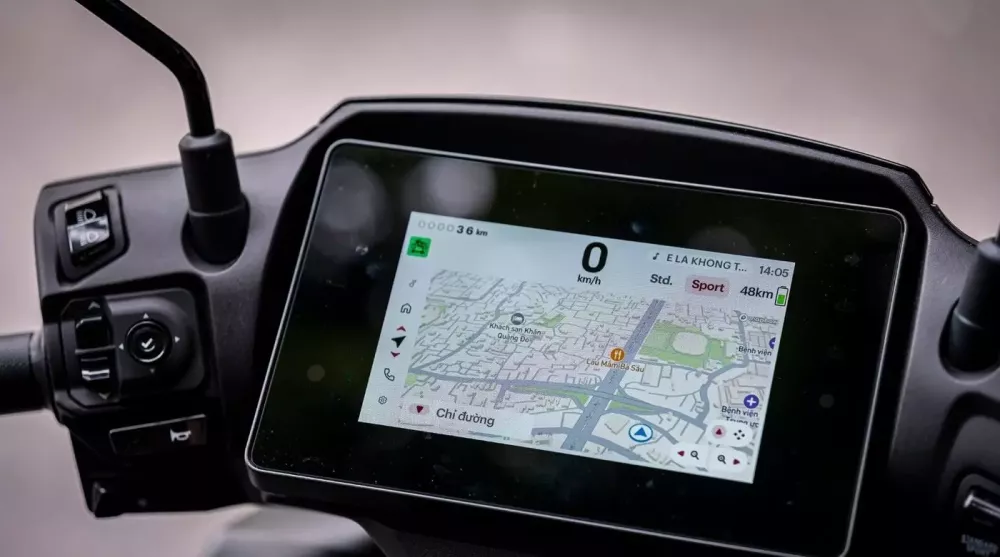
The scooter also features a smart key system, allowing riders to start the vehicle with the key fob in their pocket.
Despite the bulk of the under-seat storage being occupied by the batteries, there is still a 0.7-liter compartment in the front suitable for a water bottle or smartphone, and a small rear compartment behind the batteries that can accommodate a raincoat but not a helmet.
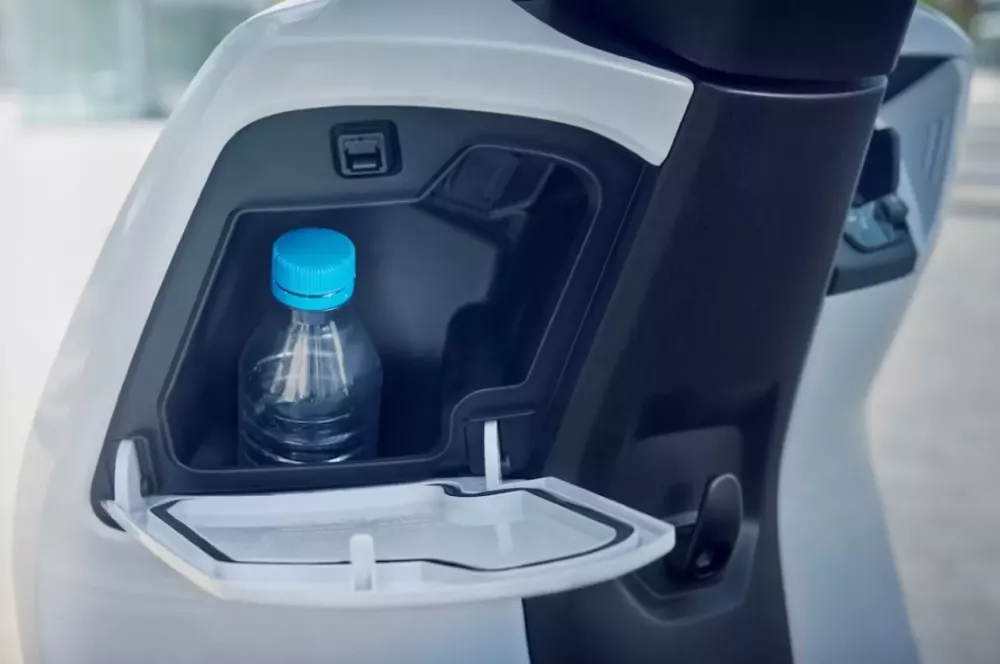
The front storage compartment of the Honda CUV e: features a Type-C charging port.
A notable feature is the reverse gear function, rarely seen on scooters, which allows for easy maneuvering in tight spaces, especially when carrying heavy loads. By holding the start button on the right and pressing the down button on the left handlebar simultaneously, riders can effortlessly reverse the scooter.

